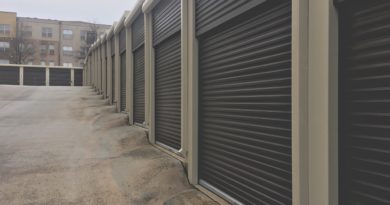California Codes for Building a Backyard Pool
If you own a pool, it is vital to maintain your pool correctly. And this doesn’t only necessarily mean cleaning and testing the water now and then. It includes safety regulations such as:
- Mandatory pool inspection every three years
- Safety covers for small heated pools
- Have a barrier for indoor residential pools
Recently, California made some changes and updated its pool safety legislation. As of 2019, whether you are renovating or building a new pool, there are various safety features you ought to adhere to.
Some of them are; enclose isolated pools, have pool alarms with ASTM F2208 standards, have automatic pool covers with ASTM F1346-91 standards and mesh safety fences with ASTM F22866-05 standards.
Here are the Codes for Building a Backyard Pool in California
When building or renovating a pool in California, it would be best to consider a pool contractor in Chino Valley who can help you adhere to these codes:
Pool Fence Codes
You must isolate the swimming pool as per the requirements of section 115923. It would help if you had a fence around your pool, and it should be over 18 inches deep. It would be best if you also had removable mesh fencing that meets ASTM F2286 standards. In addition, it should be self-closing with a lockable device.
California pool fence law states that pools should have a height of 5 feet with gaps. The fence slat gaps should be at least 4 inches, and those under the wall should be at least 2 inches. Your pool also needs pool covers for safety, and this has been highlighted in section 115921 of subdivision.
Pool Alarm Codes
Updates were also made to pool alarms. If you have a door that allows direct entry to the swimming pool, you should have an exit alarm on the door. These door alarms are vital as they can signal when someone accesses the pool through an alarm noise. Additionally, the pool doors must have a self-latching device which should be about 54 inches tall.
The pool alarms can work on sliding doors and a regular door. The alarms should also meet ASTM F2208 standards, stating that the alarms may include the infrared types, laser, sonar, and surface motion.
Another safety feature highlights that there should be an alarm for kids to signal when they go beyond a specific distance and notify in case of drowning. Lastly, the pool alarm should signal if something falls in the pool and is beyond 18 lbs.
Pool Drain Codes
It is now mandatory for pools to have a drainage system. The drains should also have covers, as this significantly helps to reduce suction entrapment. However, note that it is not a must to install a double drainage system, unlike public pools.
The need for drainage for all custom backyard pools is to help route rainwater to prevent damaging structures like the patio or deck. Besides, if the drainage doesn’t get installed properly, it can lead to seepage, erosion, and debris, making the pool dirty. Therefore, all drains must meet ANSI/APSP-16 standards.
The above codes apply to anyone planning to build a new pool or undertake a renovation project. To ensure your safety and that of your family, it would be best to adhere to such regulations and codes.



